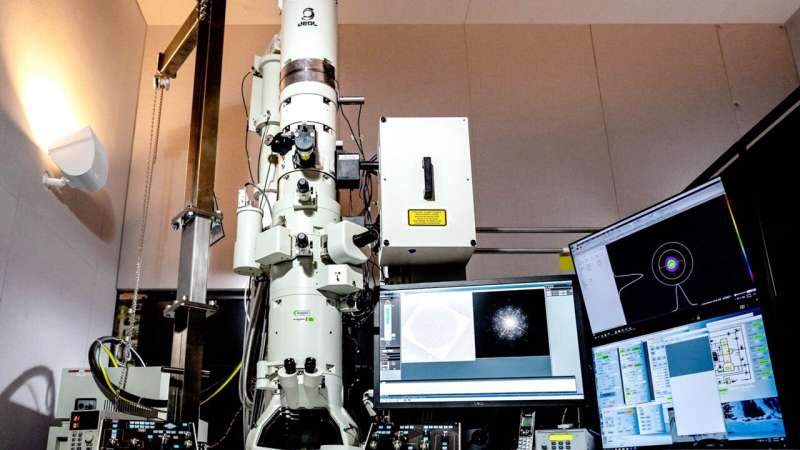Everyone who has ever been to the Grand Canyon can
relate to having strong feelings from being close to one of
nature’s edges. Similarly, scientists at the U.S. Department of
Energy’s (DOE) Argonne National Laboratory have discovered that
nanoparticles of gold act unusually when close to the edge of a
one-atom thick sheet of carbon, called graphene. This could have
big implications for the development of new sensors and quantum
devices.



